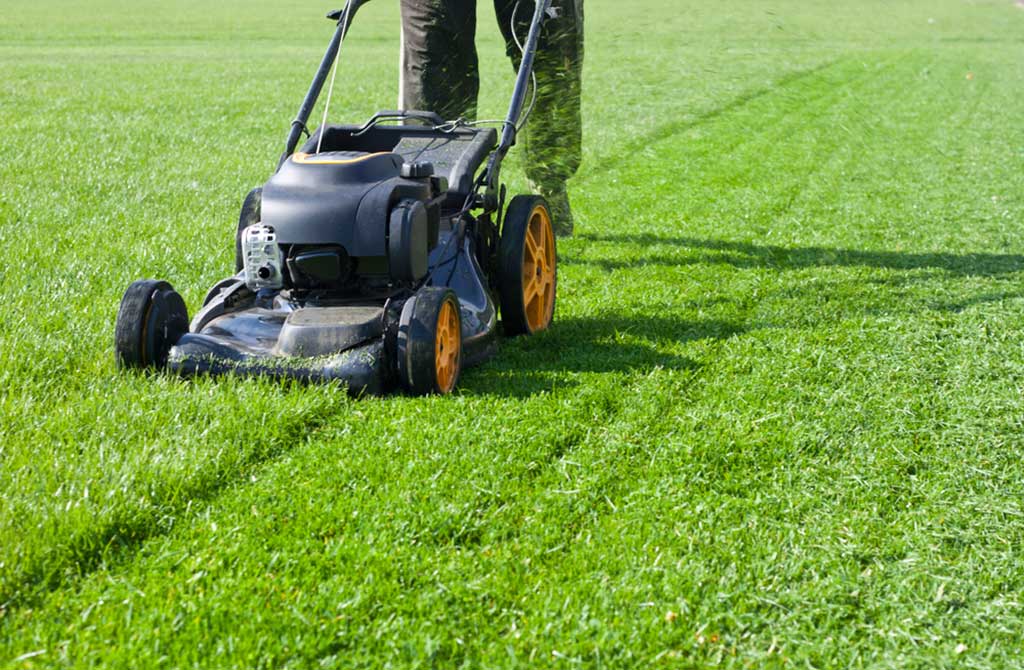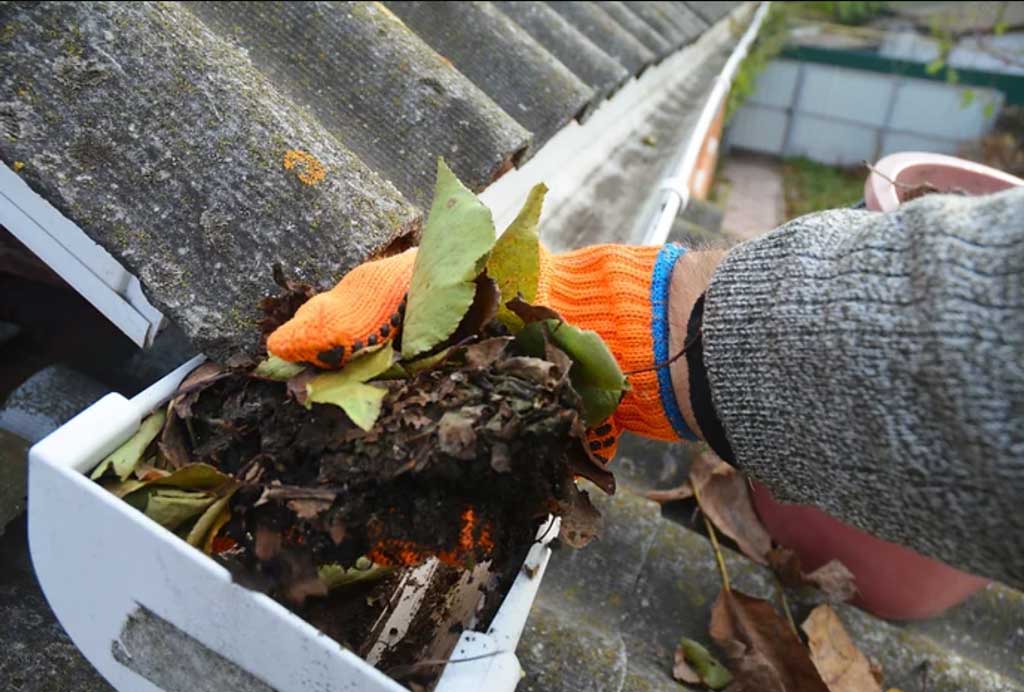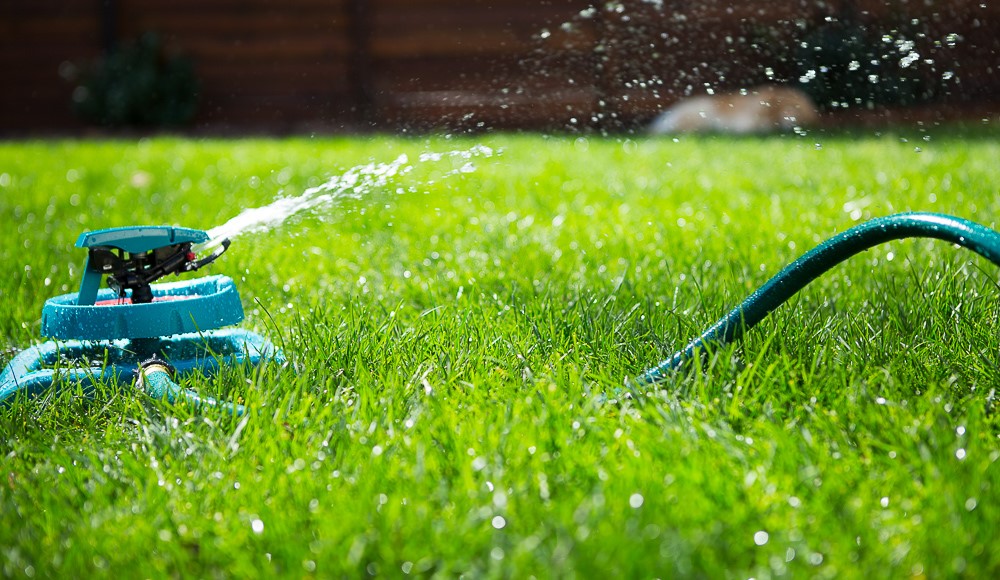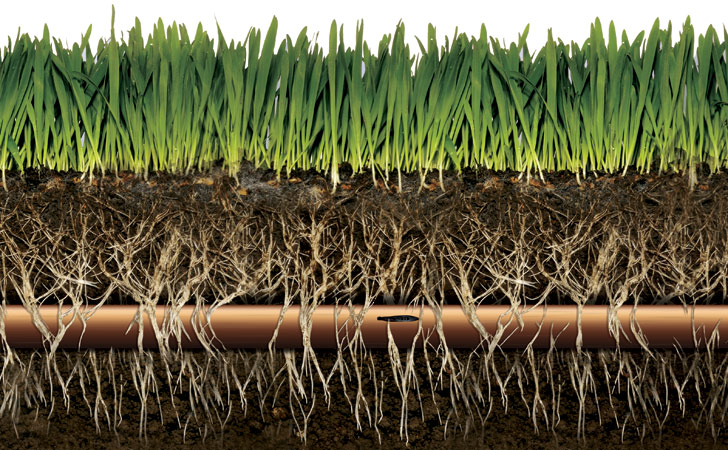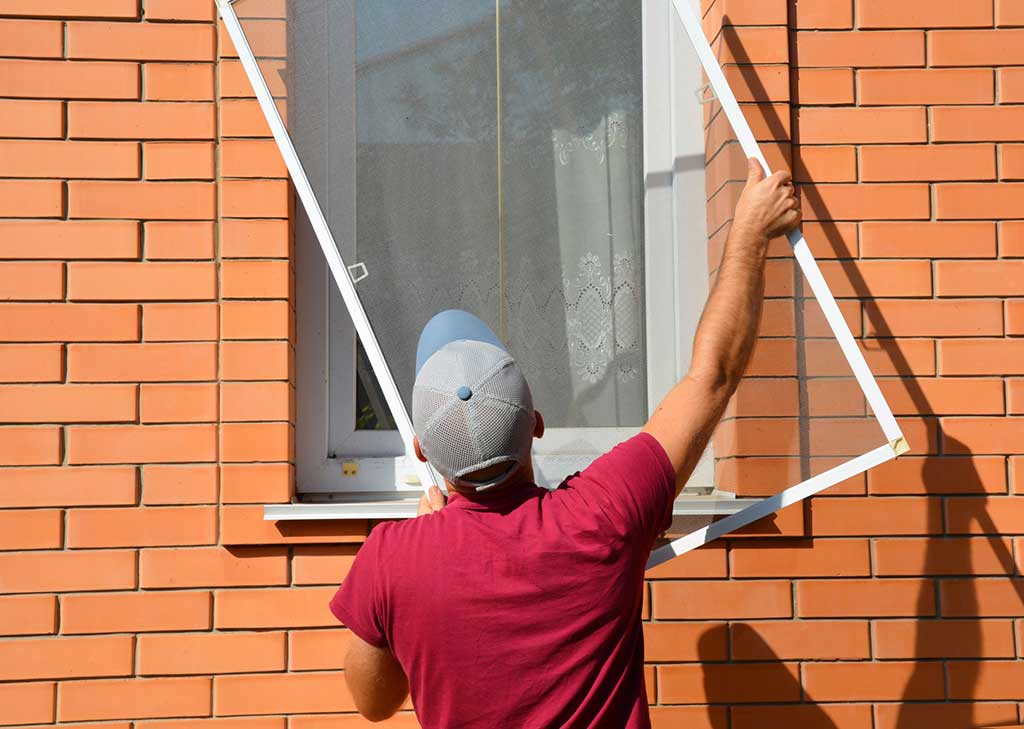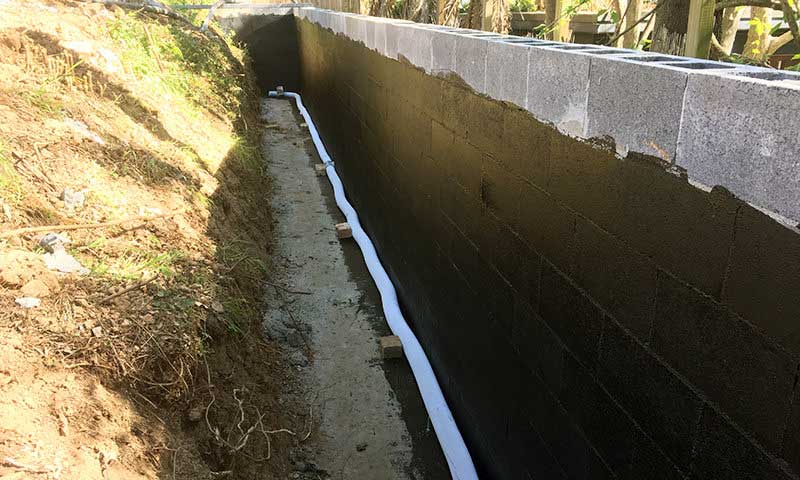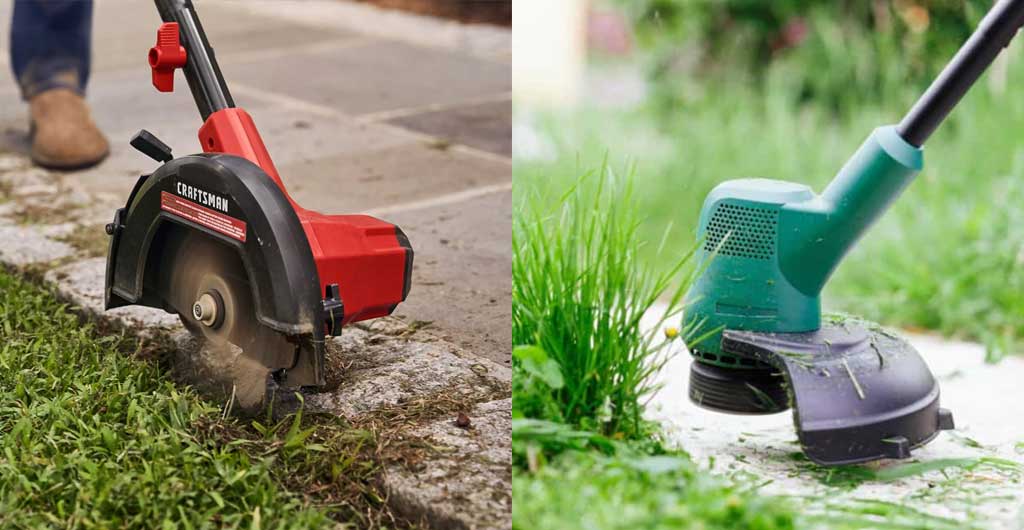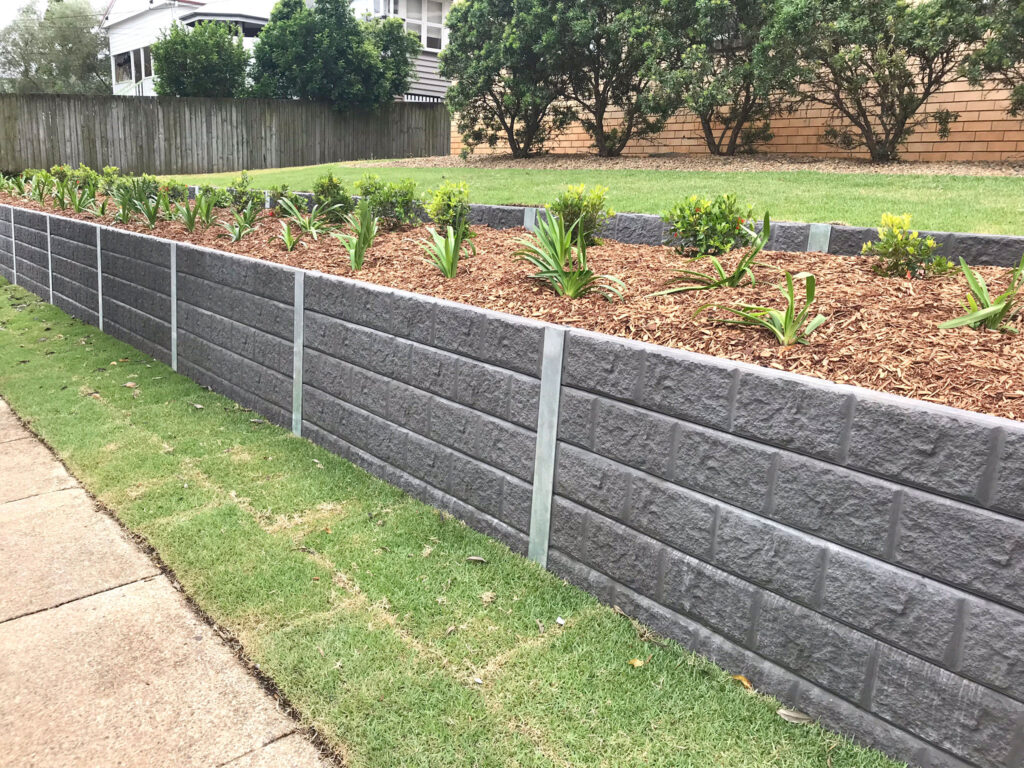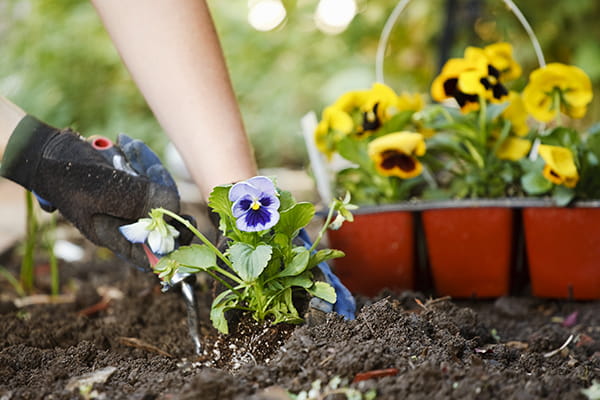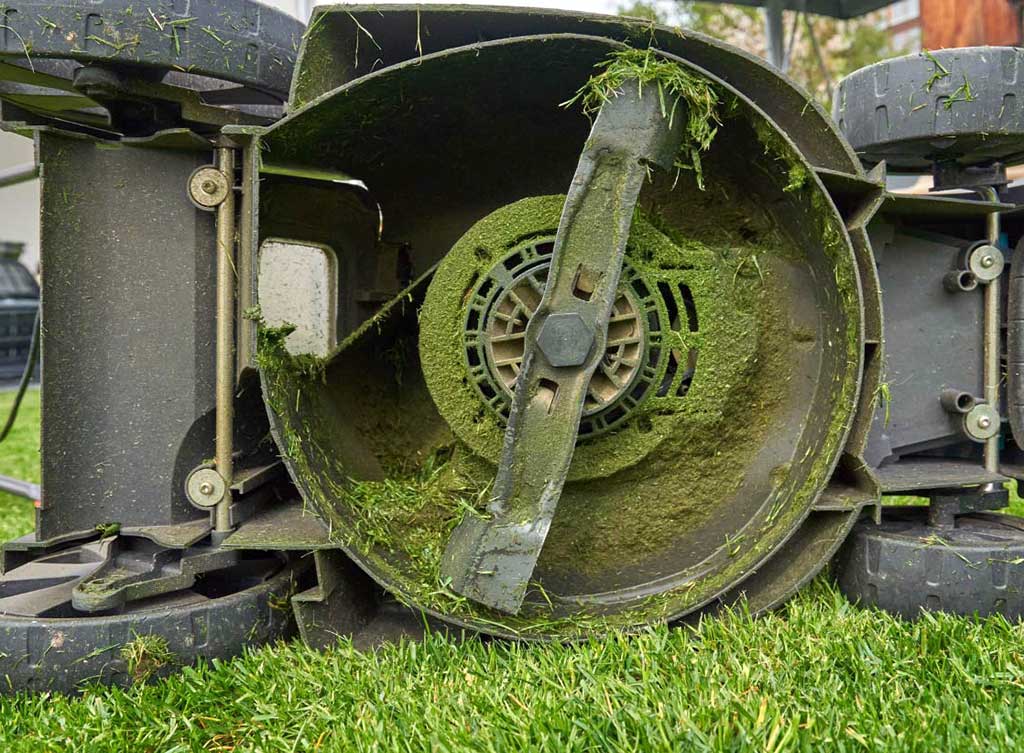One of the age-old debates in lawn care is whether to mulch or bag grass clippings. Both methods have their advantages and disadvantages, and the decision you make can significantly impact the health and appearance of your lawn. In this article, we'll delve into the benefits and drawbacks of each approach to help you determine which one is best suited for your lawn care routine.
The Case for Mulching
Mulching involves leaving grass clippings on the lawn after mowing, allowing them to decompose and return nutrients to the soil. Here are some key reasons why mulching might be the best choice for your lawn:
NUTRIENT RECYCLING
Grass clippings are rich in nutrients like nitrogen, phosphorus, and potassium. When left on the lawn, they break down naturally and release these nutrients back into the soil, promoting healthy grass growth.
IMPROVED SOIL HEALTH
Mulching grass clippings can enhance soil structure, aeration, and moisture retention. As the clippings decompose, they contribute to the organic matter content of the soil, fostering a healthier ecosystem for your lawn.
TIME AND EFFORT SAVINGS
Mulching eliminates the need for bagging, which saves you time and effort. There's no need to empty grass-filled bags or dispose of clippings, making mowing a quicker and more efficient task.
REDUCED ENVIRONMENTAL IMPACT
Bagging grass clippings creates additional waste that needs to be disposed of, often ending up in landfills. Mulching promotes a more sustainable lawn care approach by recycling nutrients and reducing waste.
The Drawbacks of Mulching
While mulching has numerous benefits, there are also potential downsides to consider:
AESTHETICS
In some cases, mulched clippings can create a messier appearance on the lawn, particularly if the grass is allowed to grow too long before mowing. This might not be ideal if you value a manicured look.
THATCH ACCUMULATION
Over time, excessive mulching without proper mowing practices can lead to thatch buildup, which can impede water and nutrient penetration into the soil. Regular dethatching may be necessary to prevent this issue.
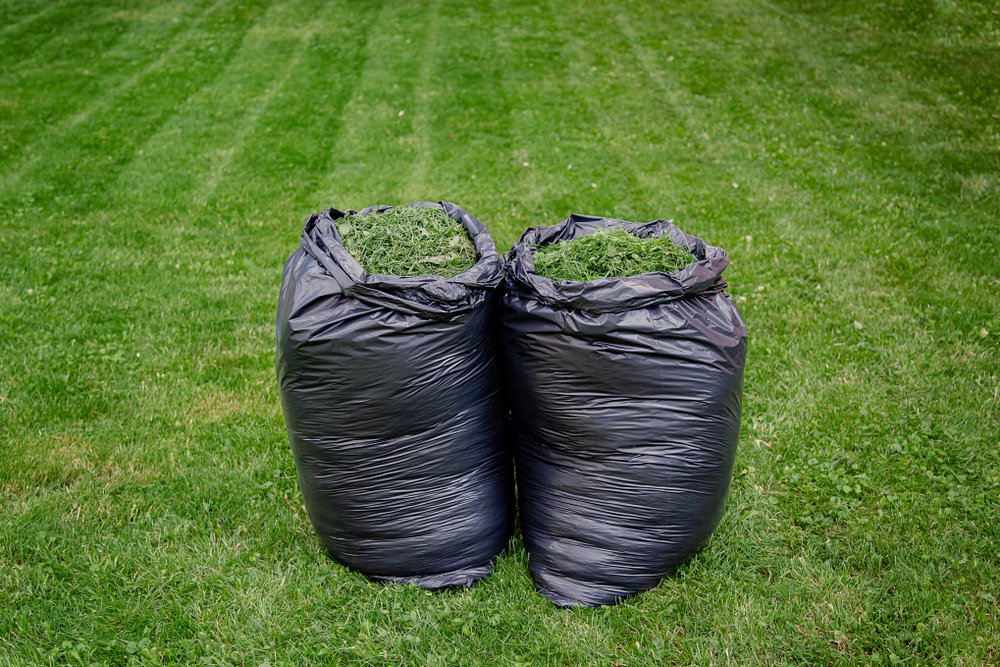
The Case for Bagging
Bagging grass clippings involves collecting and disposing of them after mowing. Here are the advantages of this approach:
NEAT AND TIDY APPEARANCE
Bagging clippings provides an instantly neat and clean look to your lawn, which can be appealing for those who prefer a manicured appearance.
REDUCED THATCH BUILDUP
Bagging helps prevent thatch buildup, which can be a concern with excessive mulching. This is especially important if your lawn is prone to thatch accumulation.
WEED CONTROL
Bagging can help prevent the spread of weed seeds that might be present in the grass clippings. This can contribute to a healthier lawn overall.
The Drawbacks of Bagging
Bagging grass clippings also has its downsides:
NUTRIENT LOSS
By bagging and removing the clippings, you're also removing valuable nutrients from the lawn that could otherwise be recycled through mulching.
LABOR AND DISPOSAL
Bagging requires extra effort and time to empty and dispose of the clippings properly. This can be cumbersome, especially if you have a large lawn.
Which option is best for you?
Deciding whether to mulch or bag your grass clippings ultimately depends on your lawn's specific needs and your personal preferences. Mulching offers a natural and nutrient-rich approach that benefits both your lawn's health and the environment. On the other hand, bagging provides immediate visual appeal and helps control thatch buildup.
Consider the condition of your lawn, your desired aesthetic, and the time and effort you're willing to invest in lawn care. Keep in mind that a combination of both methods can also be effective. For instance, you can mulch most of the time and switch to bagging occasionally, especially during periods of heavy growth or when the lawn is too long.
In the end, the best approach is the one that aligns with your goals and ensures the long-term health and beauty of your lawn.
